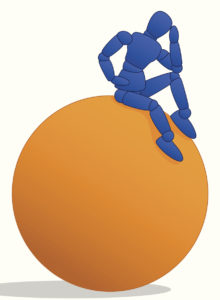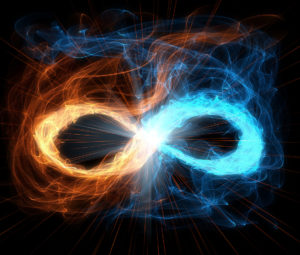Continuing the January theme of looking back and forward, 2017 marked the fiftieth anniversary of the Language of Dance Center UK and the twentieth anniversary of the Language of Dance US. The LOD centers are dedicated to the promotion of movement literacy by linking dance notation with creative dance exploration and education.
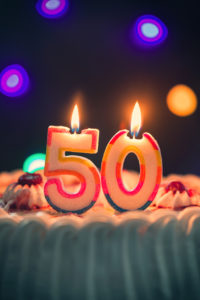
To commemorate these milestones, a celebration was held on October 28, 2017, at the Royal Academy of Dance in London.This event included a free workshop followed by a panel discussion on applications of the Language of Dance in the UK, US, Mexico, and Japan. A gala party followed, which also honored dance notation pioneer and LOD founder, Ann Hutchinson Guest, on the happy occasion of her 99th birthday.
Looking forward, the Laban/Bartenieff Institute of Movement Studies (LIMS) is celebrating its fortieth anniversary with a conference in New York City May 31- June 2. Since 1978, the Institute has carried the mission of preserving, teaching, and advancing Laban-based movement studies.
As a member of the Founding Board of LIMS and one of the honorary conference chairs, I look forward to the event, which will not only honor movement analysis pioneer Irmgard Bartenieff but also highlight the many applications of movement study in all walks of life.

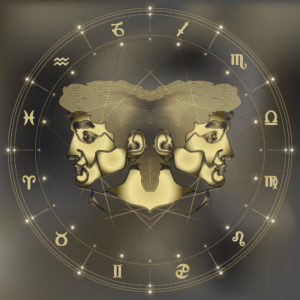



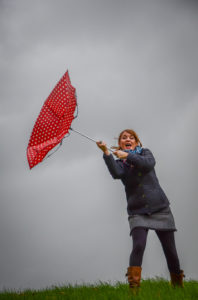
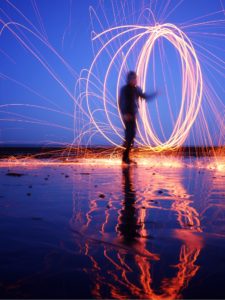 modeled on the American version. And it was an irony of history that these early programs depended heavily on American faculty to teach the Europeans what the Europeans had taught the Americans!
modeled on the American version. And it was an irony of history that these early programs depended heavily on American faculty to teach the Europeans what the Europeans had taught the Americans! 
